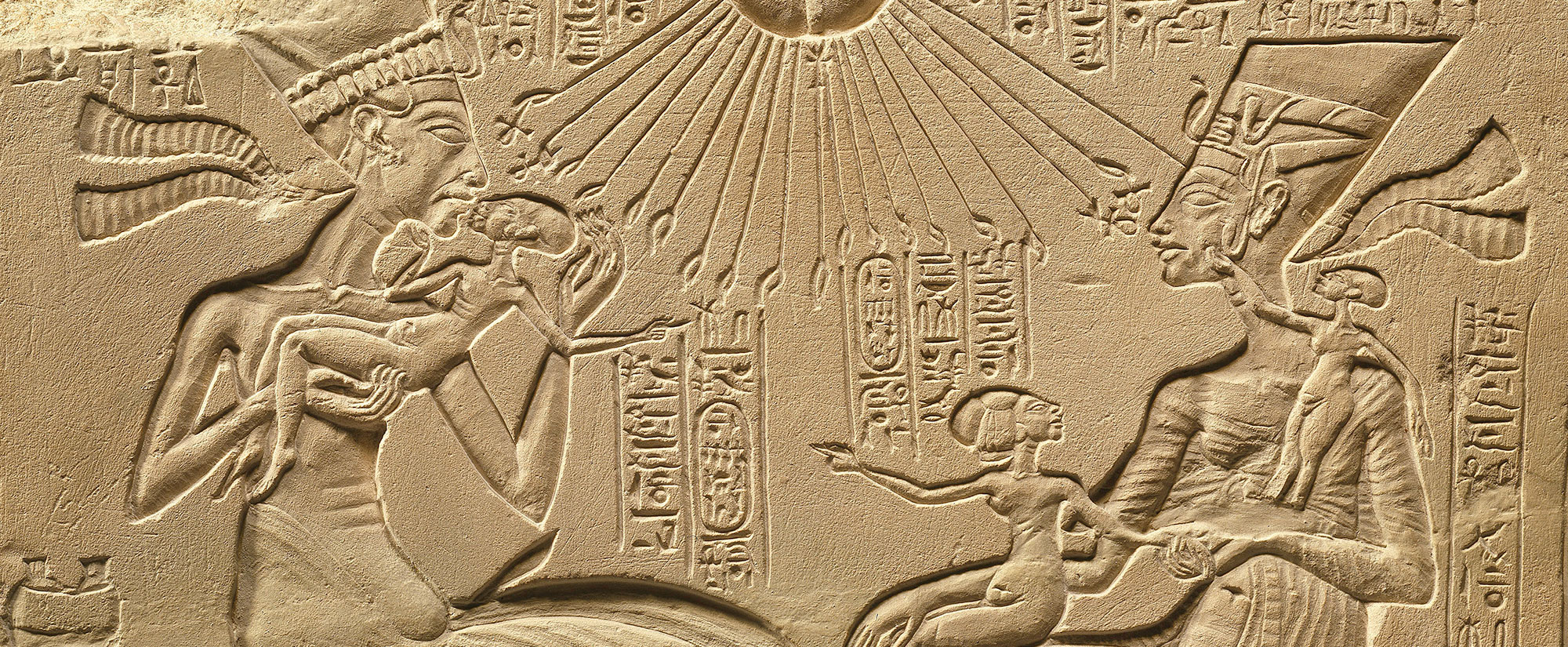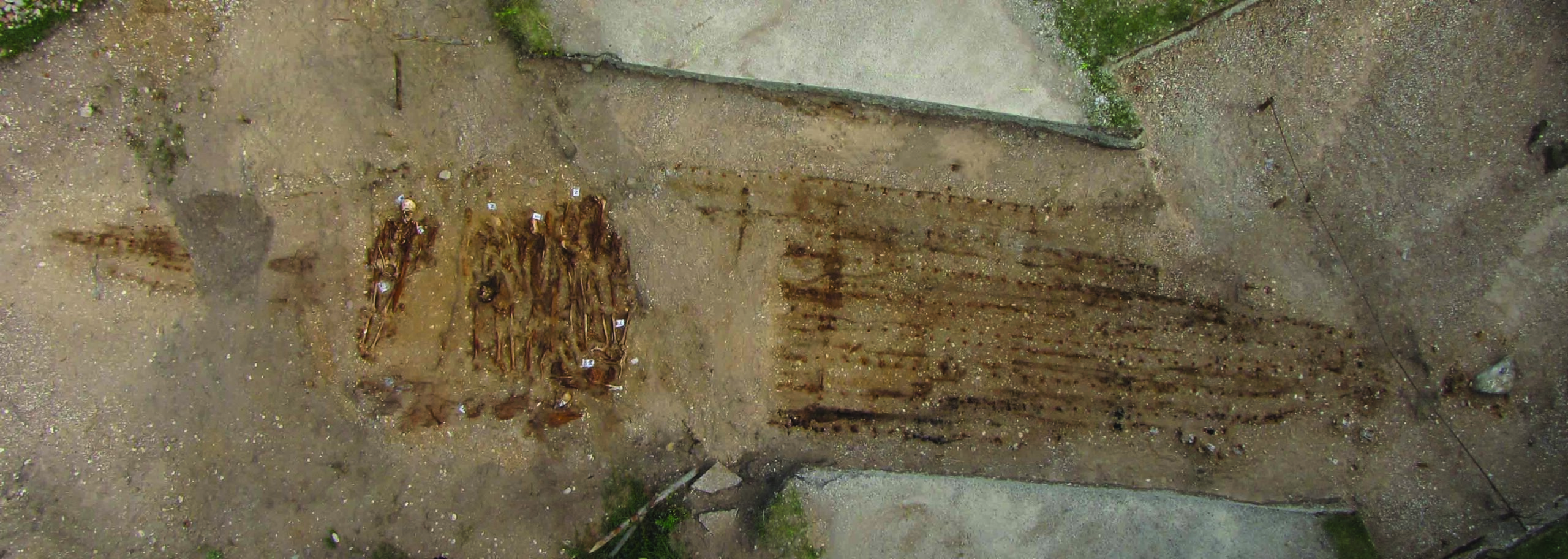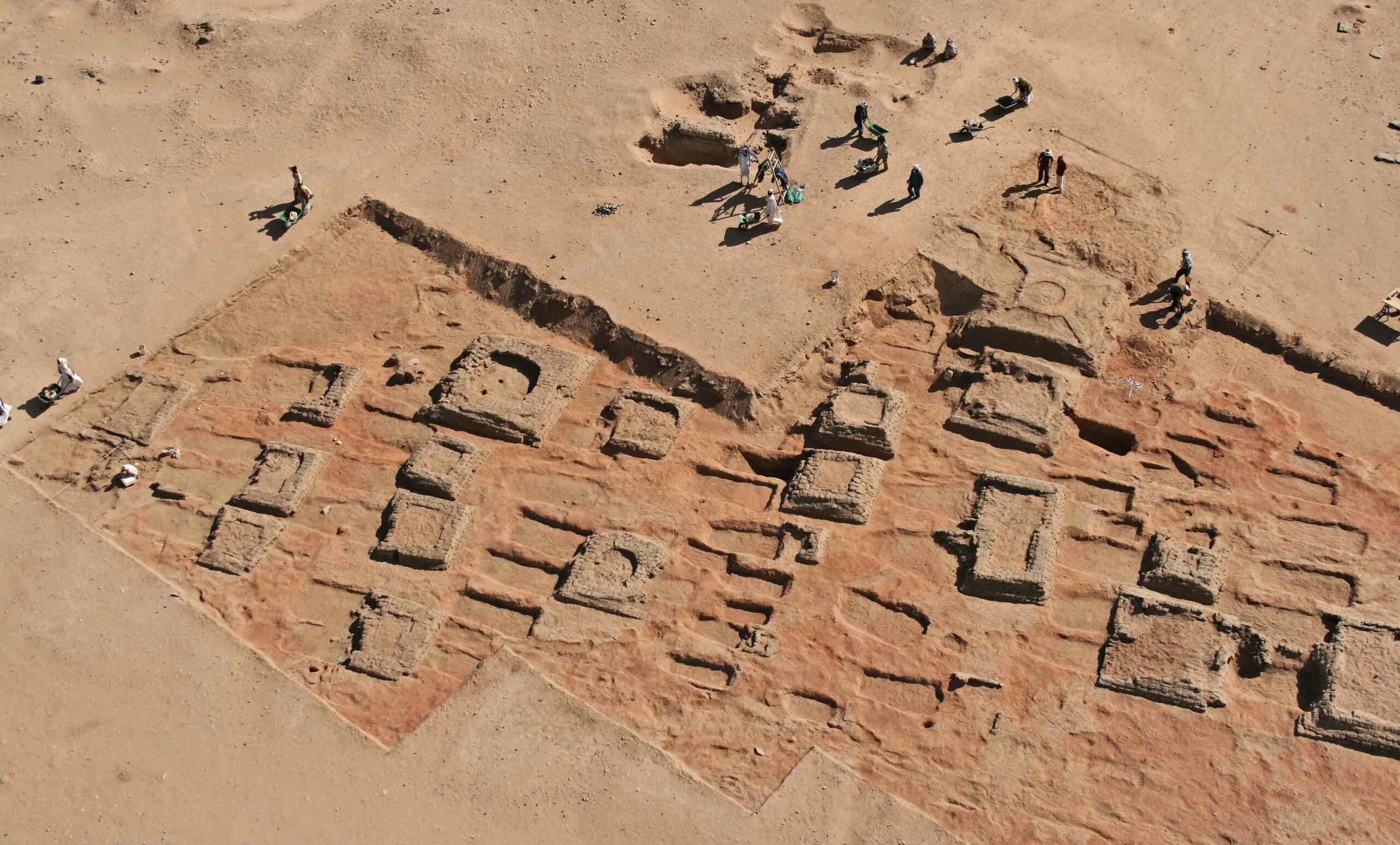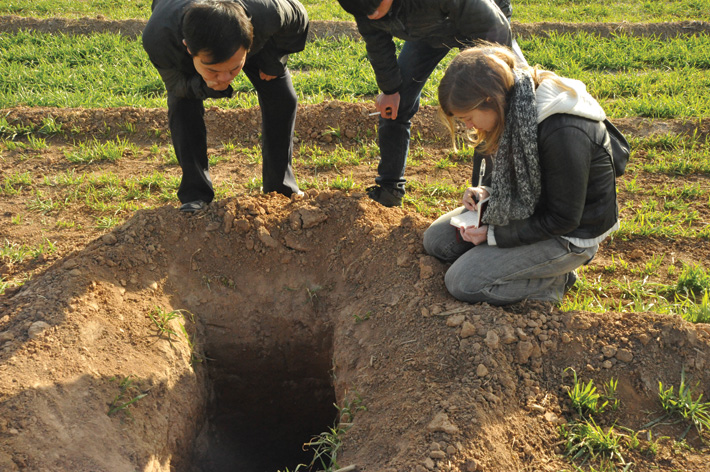
WILTSHIRE, ENGLAND—Ditches marking the edges of The Avenue, thought to have been a ceremonial road linking Stonehenge to the Avon River about 1.5 miles away, have been found underneath the A344, the modern highway to the northeast of the monument. “It is very exciting to find a piece of physical evidence that officially makes the connection which we were hoping for,” said Heather Sebire of English Heritage. The A344 has been closed and removed and grass will grow in its place. In addition, dry weather has revealed parch marks in the soil that could show where stones 17, 18, and 19 stood on the southwest side of the outer sarsen circle. “There is still debate among archaeologists as to whether Stonehenge was a full or incomplete circle. The discovery of these holes for missing stones has strengthened the case for it being a full circle—albeit uneven and less perfectly formed in the southwest quadrant,” said senior properties historian Susan Greaney.











